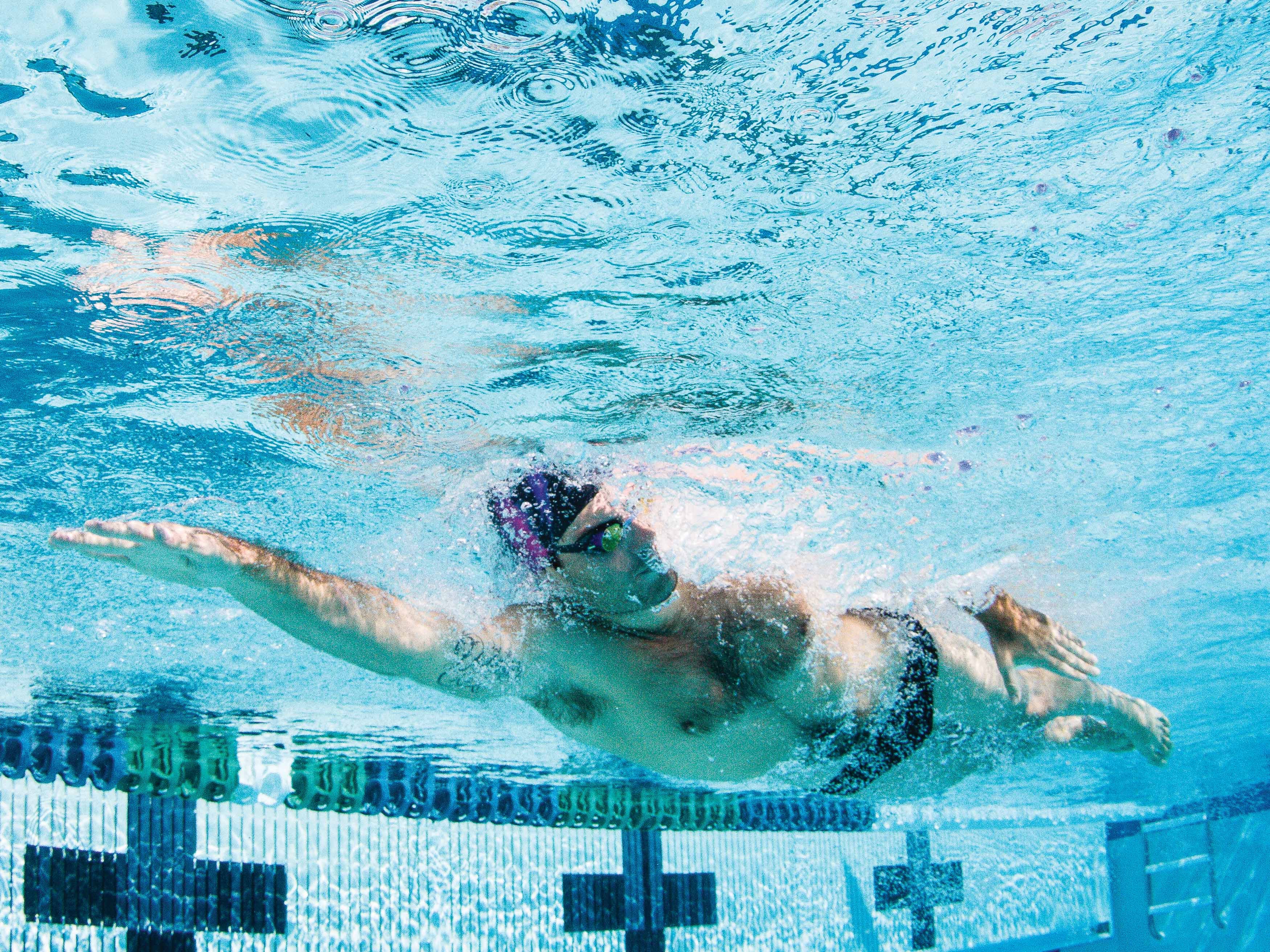A Checklist For Developing Your Best Swim Stroke

Photo: John David Becker
Stroke mechanics can be overwhelming when trying to improve your stroke. Because there are countless elements of freestyle that have a cause-and-effect relationship, you must have a purposeful progression in order to develop an efficient stroke.
Regardless of your understanding of and skill in the water, a comprehensive check-up of the following elements will help refine your freestyle. With the following order of operations, you can establish a baseline body position in the water, allowing you to maximize your fitness and training time.
1. Check your head.
Swim proud! Carry yourself in the water how you’d like to present yourself on land—chest up, shoulders back and down, and head tall, looking straight ahead. The position of your head during freestyle is critical in reducing drag and increasing body lift in the water. Maintain a steady, fixed head position throughout each stroke cycle, with the water line breaking at the top third of your head, just above the hairline. This creates a bow wave and subsequent “trough” to breathe into cleanly.
RELATED: 3 Ways To Improve Your Swim Posture
2. Breathe easy.
Tune into the your natural on-land breathing pattern. A smooth, relaxed inhale seamlessly followed by an effortless, easy exhale. This is the objective in the water as well. The primary goal is to create a smooth, rhythmic breathing tempo in the water, removing any period of holding the breath. Also commit to working with less air. Take in half of your lung capacity and expel just the same, as if you were sighing into the water the entire time you’re exhaling.
RELATED: How Do I Avoid Holding My Breath While Swimming?
3. Do the dance.
Many triathletes believe that kicking is insignificant to the effectiveness of their stroke. Gasp! A large role of kicking is to create a lift force that keeps your body in alignment and high to the water line. Beyond this, the tempo of your kick should sync with the cadence of your stroke, most commonly six kicks per stroke cycle. Focus on keeping a long leg position and a micro-bend in the knee with pointed toes, creating a long powerful paddle for kicking. Lastly, think finesse while kicking. Be sure not to create too much wake behind you, as this will be exhausting.